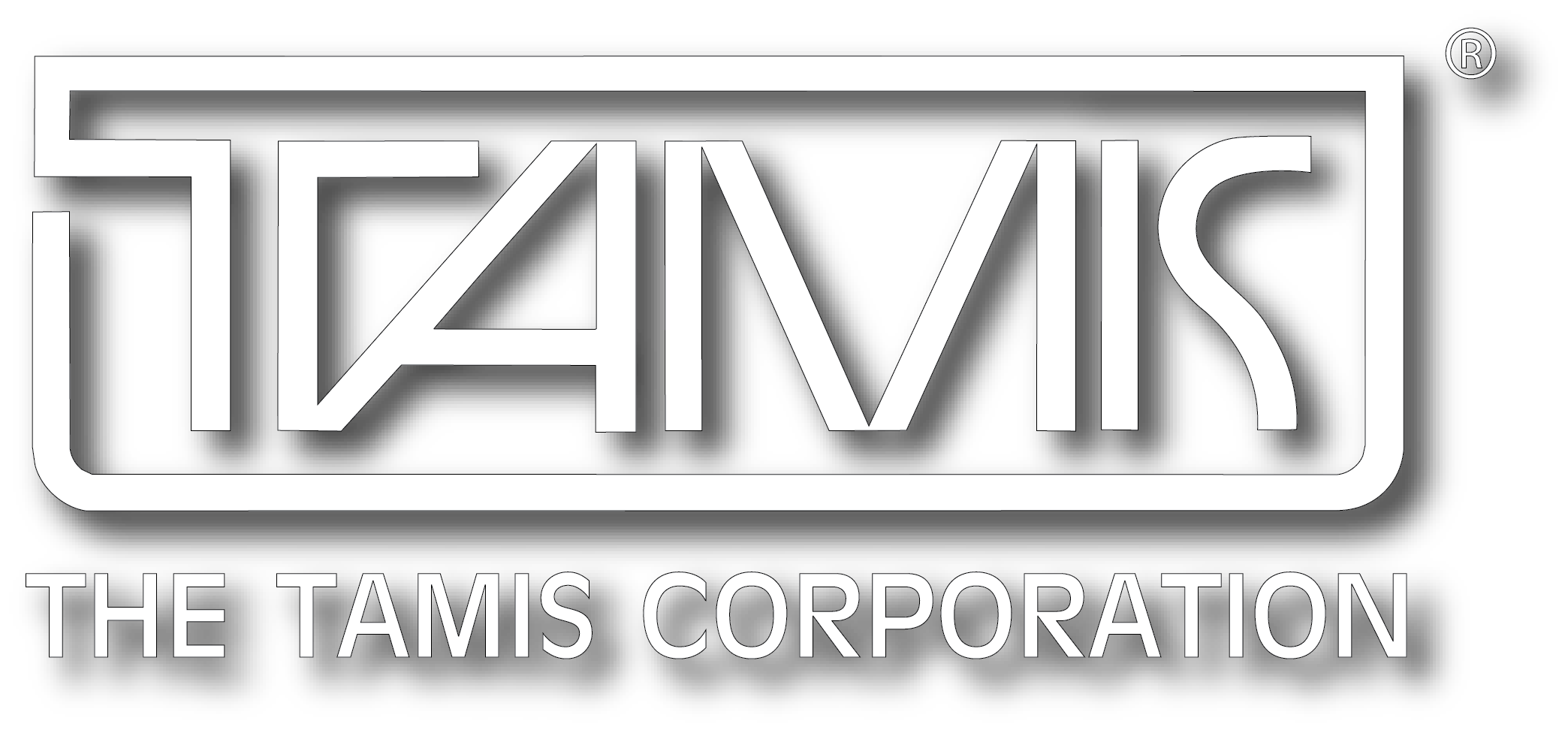Introduction
For cities and municipalities, both large and small, parades are a source of civic pride. But they are also a crowd management challenge. Planners not only have to worry about the logistics relating to parade marchers and vehicles (and sometimes floats), but also consider arrangements for those who come to watch the parade – how many will attend, where will they stand, and whether there will be any safety or security issues.
Whether it’s parades celebrating holidays such as Thanksgiving, Labor Day, St. Patrick’s Day, or Veterans Day, parades welcoming home returning soldiers, or celebrations when a city’s team has just won a championship, parades draw large crowds. Crowds generally line up, sometimes many people deep, along long parade routes, which necessitates the pre-planning of crowd control tools and activities.
Parade organizers, or the responsible police authority, must ensure that crowds (or any individual attendee) can’t break through and interrupt or disrupt the parade. This is not just a matter of choreographing a pleasing parade, but it is a major security and public safety issue.
Barricades as Crowd Management Tools
Parade sites have long used physical barricades to separate an audience from a parade route. Prior to the mass success of steel barriers, wooden sawhorses were perhaps the most common barricade used. But an attendee didn’t need to be strong to push over a wooden sawhorse; pretty much everybody could do it. And sawhorses didn’t connect with each other. As a result, unruly (or simply excited) attendees sometimes pushed sawhorses over, or squeezed in between them, to encroach onto the parade route.
As the years went by, more cities or parade organizers turned to interlocking steel barricades. With their heavier weight, individual barriers are much harder to push over, and when they are connected in a long line, it becomes exponentially more difficult to push them out of the way. And because they connect with each other, spectators cannot go between the barriers. Just the presence of steel barriers provides a psychological impediment to any thought that the parade route can be broached.
Steel crowd control barricades prevent a parade route from being “squeezed” by surging spectators. They provide a clearly marked and controlled space for the audience, ensuring that parade participants have enough room to march or perform.
Barricades used at parades most often feature the bridge base style. Barriers with bridge bases provide the best resistance to push by crowds and provide stability even in places where the street surface may be uneven.
Success in New York City
The effectiveness of steel barricades is only one reason for their widespread use at parades nationwide. In 2003, New York City changed its security routine at 17 parades by de-emphasizing wooden sawhorses, increasing the use of interlocking steel barriers, and reducing the number of police officers assigned to parade routes.
The New York Times (July 27, 2003) reported that the city saved $3.7 million and cut overtime costs 40%, as a result of this decision. In addition to significant cost savings ($500,000 on the St. Patrick’s Day Parade alone), this allowed more efficient use of mobile police resources. Officers no longer stood in front of sawhorses, but were more spread out (with many on scooters), meaning they were more quickly able to move to where they were needed. The parades experienced no increase in trouble or arrests, according to police officials.
Other Successful Uses
Interlocking steel barricades have also proven to be an effective crowd management tool at high-profile events such as the 2005 inaugural parade in Washington, D.C., where 80,000 linear feet of barricades were utilized.
In addition to parade routes, many events have also used steel barriers in front of and around the parades’ viewing stands, providing extra security for officials, special guests, and media equipment and personnel.
Conclusion
Steel barriers have achieved widespread acceptance as a crowd management tool at parades. Steel barriers are stronger and more physically and psychologically effective than alternatives such as wooden sawhorses. They also result in a more efficient use of police/security resources, enabling personnel to be in mobile, rather than fixed positions. Because the number of officers assigned to the parade route can be reduced, budget savings ensue.
